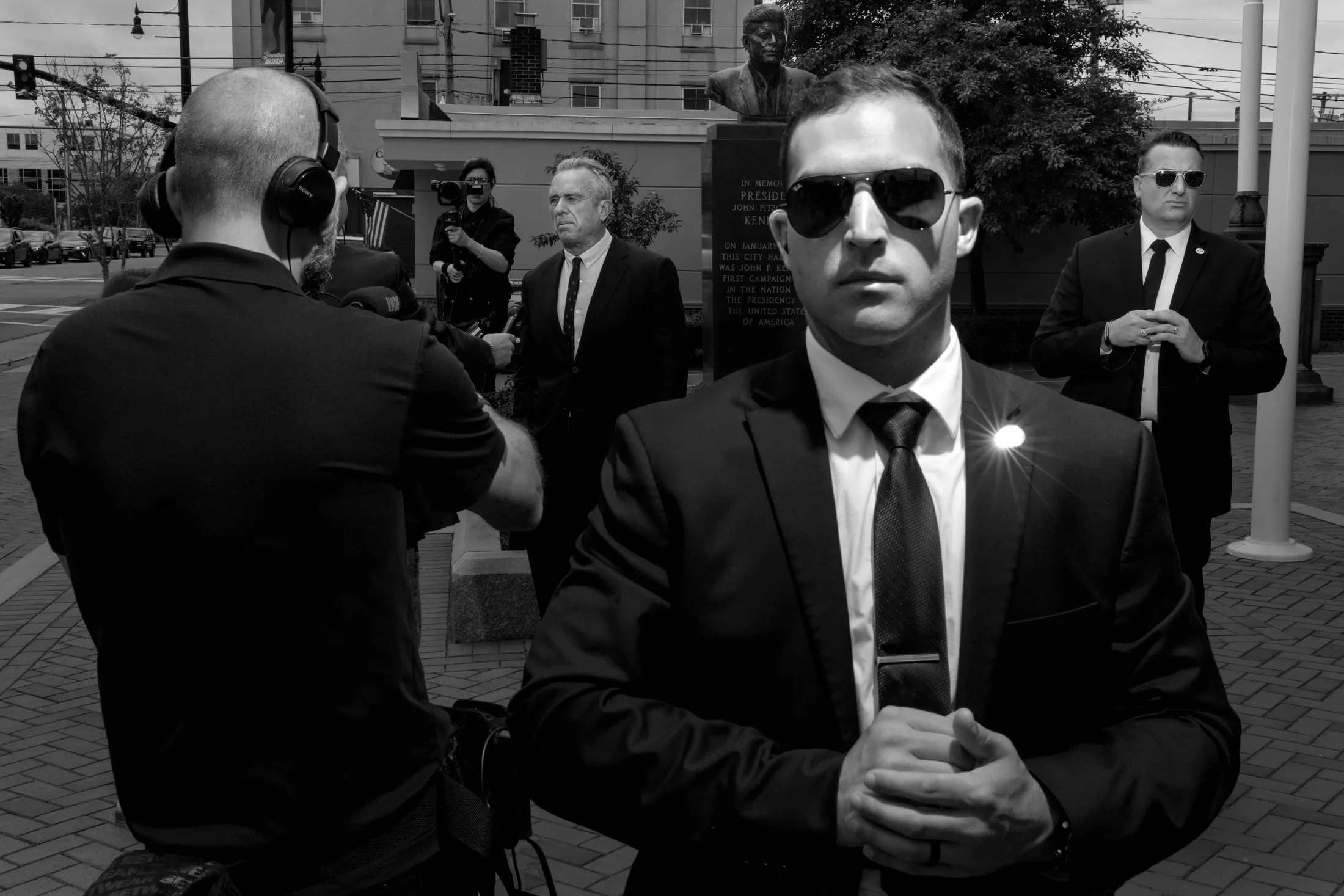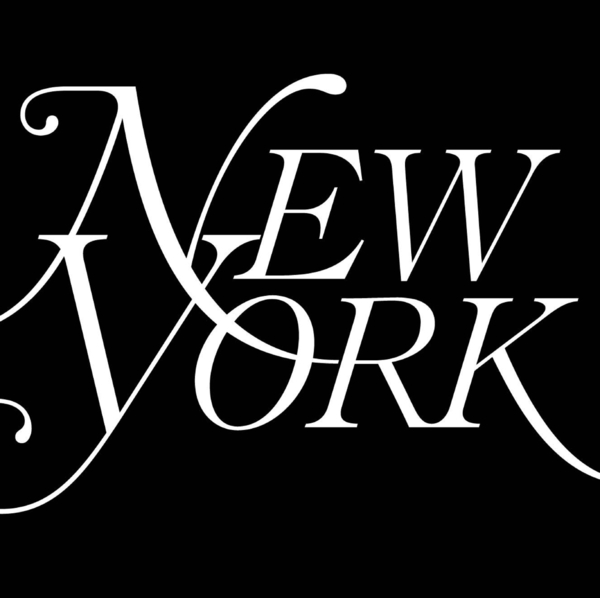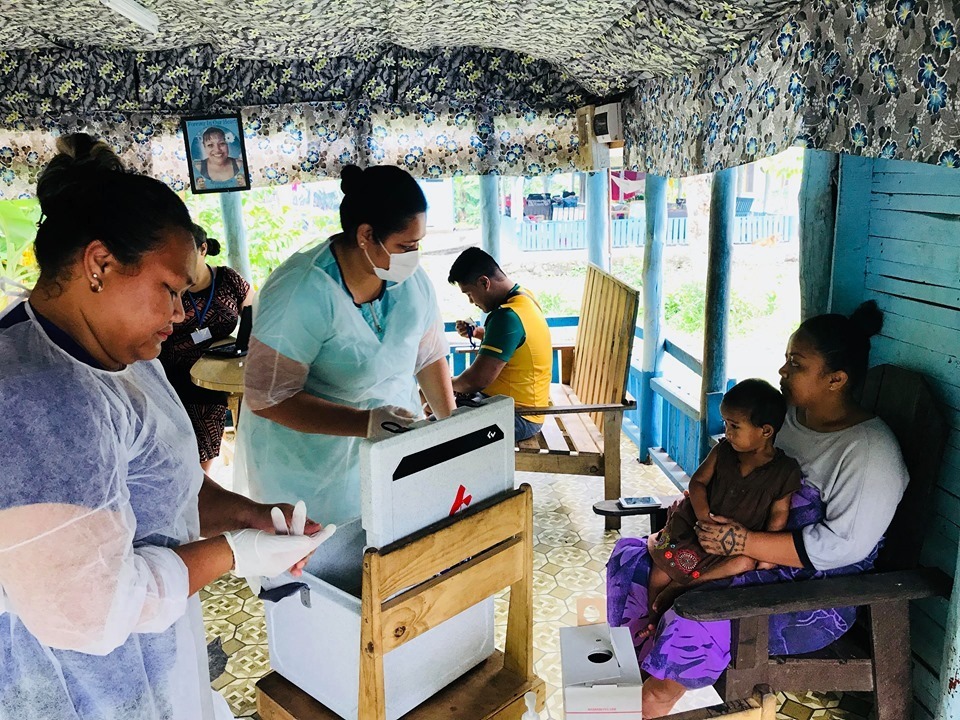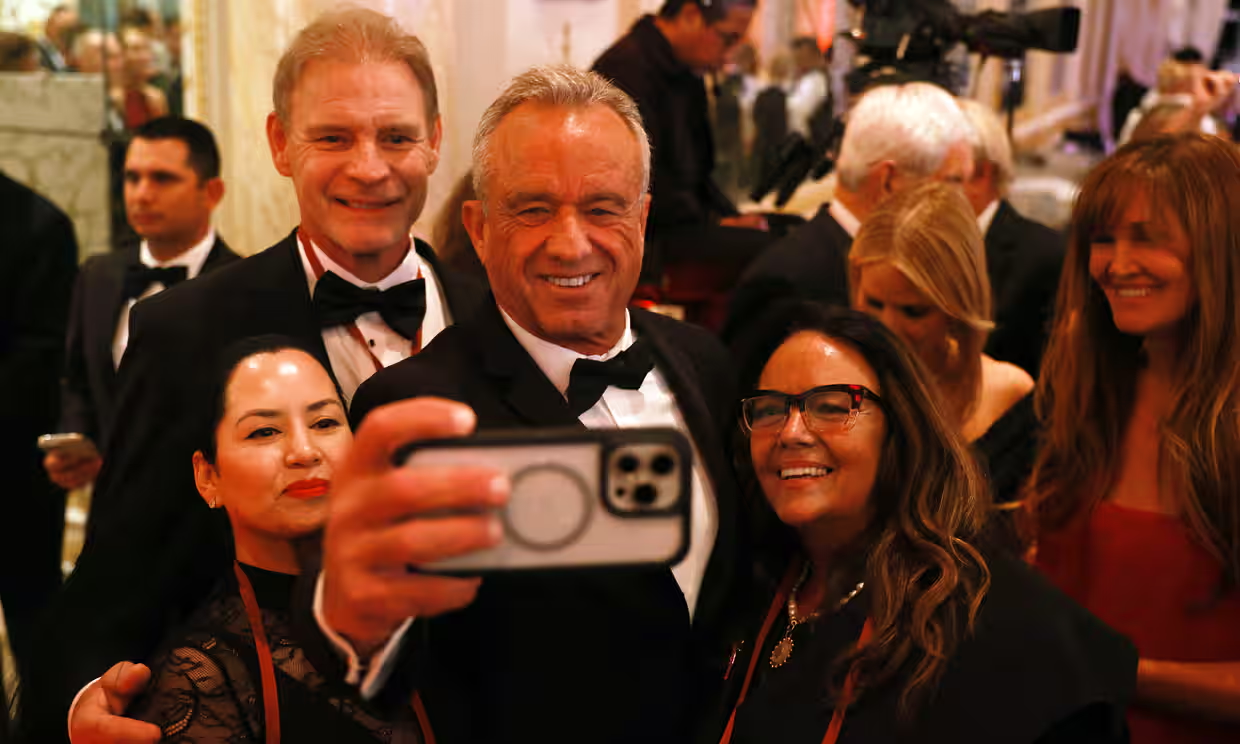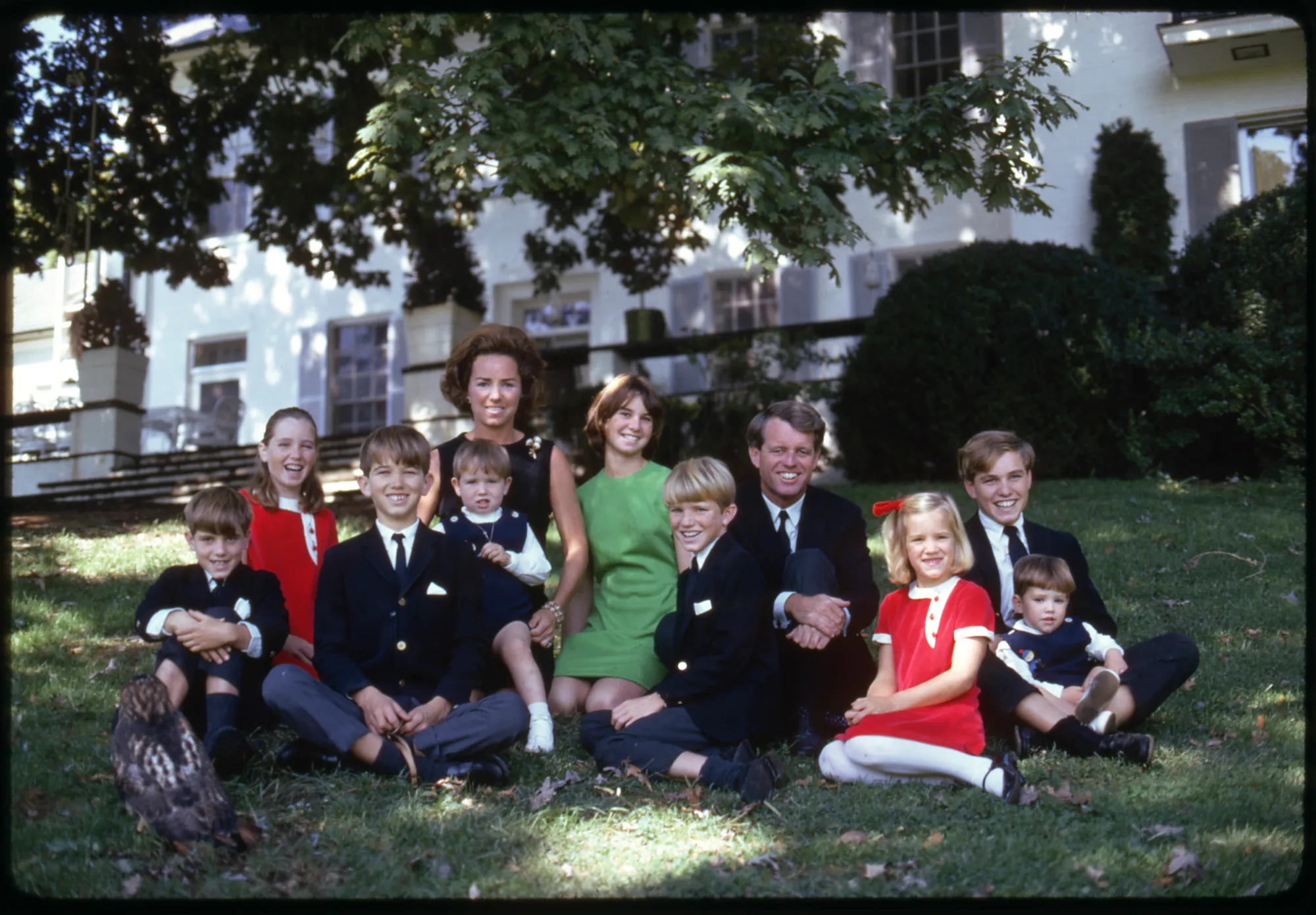
Unicef
According to estimates from UNICEF and WHO, vaccination coverage in Samoa plummeted from 58 per cent in 2017 to just 31 per cent in 2018, largely due to misinformation and mistrust among parents.
Based on comments appearing in other articles from the director of the WHO’s immunization department, the narrative is that the suspension of the country’s immunization program sparked mistrust and fear in parents about the safety of the vaccine, even though it turned out that the deaths of the two infants were caused by human error: the vaccines were incorrectly mixed. Anti-vaccine groups like Children’s Health Defense seized on the opportunity and stoked these fears with misinformation. This caused a drastic decline in vaccine uptake, “measured in the lives of children who have died in the course of this outbreak,” according to the WHO’s immunization director (see the related Guardian article for more information).
Vaccination coverage in Samoa plummeted from 58% in 2017 to 31% in 2018 because the Samoan government shut down its measles vaccination program from July 2018 to April 2019 after two infants in Samoa died within minutes of receiving the MMR vaccine. The drop in vaccination coverage cannot be mainly due to misinformation and mistrust among parents because suspending the country’s vaccination program for the remainder of 2018 and beyond invalidates these factors as explanations.
UNICEF and the WHO’s narrative implies that mistrust and misinformation derailed public health authorities’ attempts to get the vaccine program back on track after its resumption in April 2019. But these institutions don’t seem to have data to support this. The same institutions estimate 96% vaccine coverage in 2019. Still, the remarkably high rates primarily reflect a mandatory mass vaccination campaign in November and December and a two-day nationwide lockdown where vaccination teams went door-to-door. Presumably, vaccine coverage dropped lower than the 31% WHO and UNICEF estimates for 2018 since the program was shut down during the first four months of 2019. For more on this, see our Investigations page.
Therefore, vaccination coverage in Samoa plummeted in 2018 — and very likely continued its descent in the first four months of 2019 — due to the suspension of the measles vaccination program. Whether so-called misinformation hindered recovery between late April and the outbreak's start a few months later appears purely speculative and not based on empirical data. Mistrust among parents may have played a role, but again, no data supports it. Furthermore, the WHO’s Global Advisory Committee on Vaccine Safety observed, “initial attempts to hide the vaccination error,” referring to the government’s response to the two infant deaths, “and blaming individuals rather than conducting systemic analyses were detrimental to the vaccine programme.” The public was also not informed about the reasons for the deaths. This suggests, to the WHO at least, the suspension and the government's handling of the situation were more critical than any misinformation.
CHD could not have impacted vaccination coverage in 2018 unless CHD caused the government to shut down the program days after the two deaths, or prevented them from resuming the program, or both. The Samoan Ministry of Health claims that “fear towards vaccinations on the social media, and other media forms causing the government to suspend its measles vaccination programme.” However, as discussed on our Investigations page, this argument doesn’t hold up to scrutiny.







